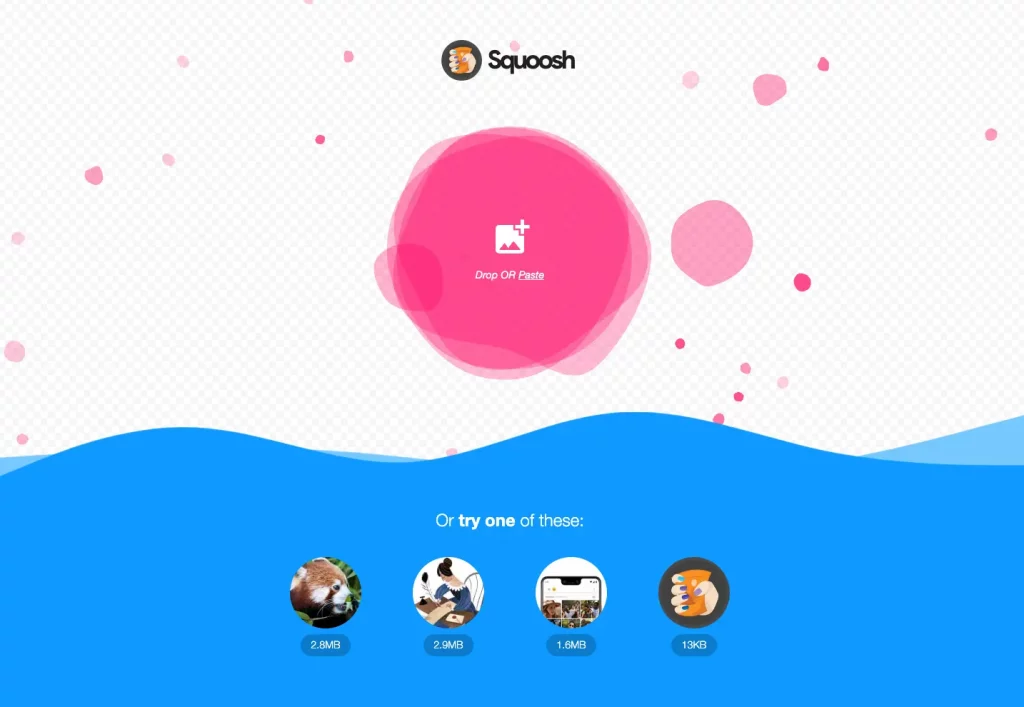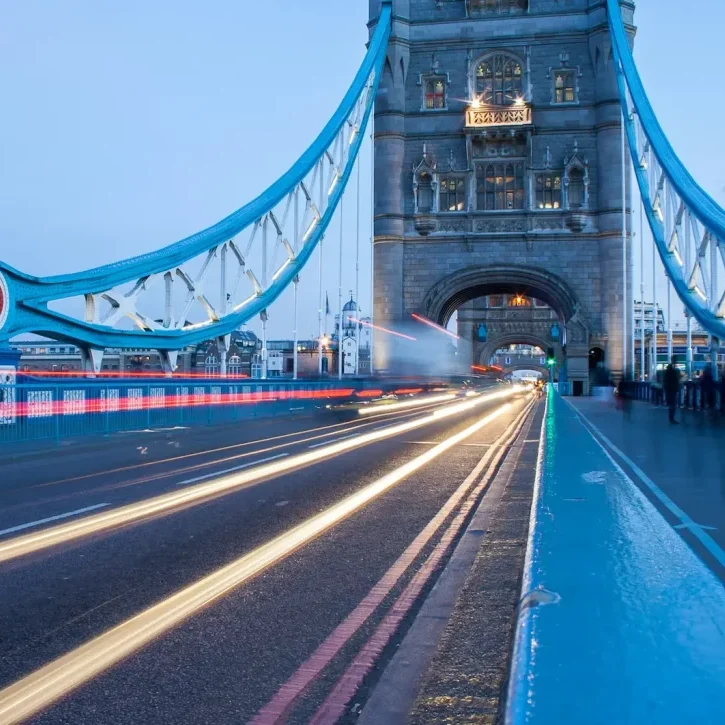In today’s fast-paced digital world, waiting is no one’s favourite pastime—especially online. When a website takes too long to load, visitors are quick to leave, and that can mean missed opportunities for your business. Speed is everything, and it’s one of the first things your audience notices about your website.
At Kyle & Irving, we’ve seen that slow page speeds are often caused by one main culprit: unoptimised images. Those large, uncompressed files can drag down your website, frustrating users and causing them to click away. But here’s the good news: with a few simple tweaks, optimising your images can dramatically speed up your site, making for a better user experience and, ultimately, a better-performing website. Let’s dive into why page speed matters—and how you can fix it.
Approximate reading time: 6 minutes
1. Why Page Speed Is Critical for Your Website’s Success
We’ve all been there—waiting for a website to load, only to give up and move on to something faster. For your visitors, that frustration can quickly turn into lost business. Studies show that 53% of mobile users abandon a site if it takes longer than 3 seconds to load (Google). That’s over half of your potential audience gone before they’ve even had a chance to explore what you offer.
But it’s not just about keeping users happy. Google also uses page speed as a ranking factor, meaning slower websites can end up lower on search results pages. So, a slow-loading site can hurt both your user experience and your visibility online. In short: faster is better for everyone.
2. The Hidden Culprit: Unoptimised Images
When it comes to slow page speeds, unoptimised images are often the number one offender. You might have beautiful visuals on your site, but if those images aren’t properly resized or compressed, they’re doing more harm than good. Oversized, uncompressed files can take ages to load, dragging down your website’s performance.
Many websites use images straight from the camera or stock photo source without optimising them for the web. This means unnecessarily large files clogging up your site’s bandwidth. And it’s not just about size—using outdated formats like JPEG or PNG when you could be using newer, more efficient formats like WebP makes a huge difference.
Optimising your images isn’t complicated. With just a few small changes, you can drastically reduce load times and improve your site’s overall performance.
3. How to Optimise Your Images for Faster Page Load Times
Thankfully, optimising your images isn’t rocket science. With a few easy steps, you can dramatically improve your website’s speed. Here’s how:
1. Resize Images Before Uploading
One of the simplest ways to speed up your site is to resize your images to the correct dimensions before uploading them. If your website displays an image at 800×600 pixels, there’s no need to upload a version that’s 3000×2000 pixels. Stick to the size you need, and you’ll instantly reduce file size without losing quality.
2. Use Modern Formats Like WebP
Switching to more efficient formats like WebP can significantly reduce the file size of your images without sacrificing quality. This format is perfect for web use and often results in much smaller files compared to JPEGs or PNGs, making it a go-to for faster loading times.
3. Compress Your Images
Even after resizing, it’s a good idea to compress your images to shrink file sizes even further. Compression tools can reduce the size of your image without noticeably affecting the quality. Tools like Squoosh (we’ll get to that in a moment!) allow you to strike the right balance between file size and quality.
4. Use a Content Delivery Network (CDN)
If your website serves visitors from all over the world, using a CDN can speed up the delivery of your images. A CDN stores copies of your website’s files in multiple locations globally, so images load faster for users no matter where they’re located.
Top Tip: Use Google’s Squoosh Tool for Quick Image Optimisation
If you’re looking for a fast and simple way to optimise your images, we highly recommend Squoosh—a free, user-friendly tool from Google. With Squoosh, you can easily compress images to reduce file size without sacrificing quality. Here’s how it works:
- Drag and drop your image into the Squoosh tool.
- Choose the file format (we recommend WebP for the best performance).
- Adjust the compression settings until you’re happy with the balance between quality and file size.
- Download your optimised image and upload it to your website.
It’s that simple! Whether you have one image or a batch, Squoosh is a quick, effective way to make sure your images are properly optimised for the web. Try it out here and see the difference it makes in your page load times.

Conclusion
When it comes to your website, speed is everything. Slow page loads can frustrate users, drive them away, and negatively impact your search engine rankings. The good news is, optimising your images is one of the simplest and most effective ways to boost your website’s performance.
Unoptimised images may be the number one culprit behind sluggish load times, but with tools like Squoosh and a few straightforward adjustments—resizing, compressing, and using the right formats—you can drastically improve your website’s speed and user experience.
As Maverick says in Top Gun, “I feel the need—the need for speed!” And when it comes to your website, the same principle applies. Optimising your images can make all the difference in how fast your site loads and how well it performs.
At Kyle & Irving, we understand that every second counts. By making these small changes, you can keep your audience engaged and ensure your website is working at its best. Ready to optimise your site and take your performance to the next level? Let’s get started.
Sources:
- Google Mobile Speed Stats: https://www.thinkwithgoogle.com/consumer-insights/consumer-trends/mobile-site-load-time-statistics/
- Squoosh by Google: https://squoosh.app

